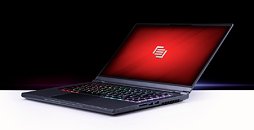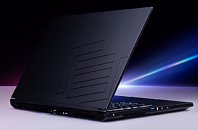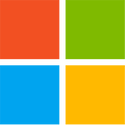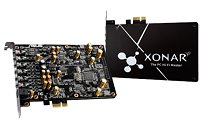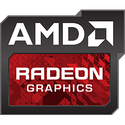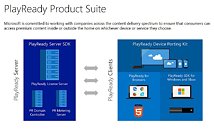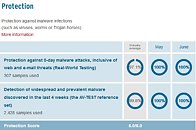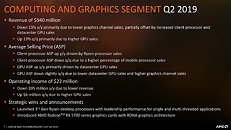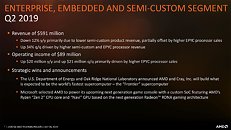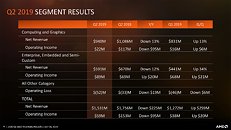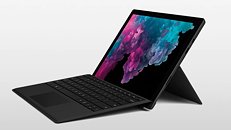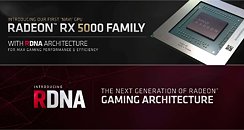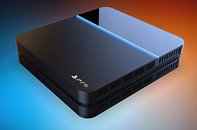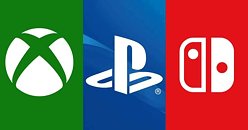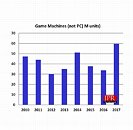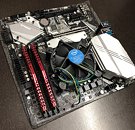MAINGEAR Launches ELEMENT Gaming Notebook: 9th Gen Intel, NVIDIA RTX
MAINGEAR — an award-winning PC system integrator of custom gaming desktops, notebooks, and workstations — today launched the MAINGEAR ELEMENT, their new ultimate gaming notebook designed in collaboration with Intel. Custom engineered from the ground up, the ELEMENT features best-in-class hardware housed in a sleek machined magnesium alloy body, making it MAINGEAR's most professional notebook ever released.
The all-new ELEMENT fuses MAINGEAR's passion for design and performance into a truly modern gaming notebook with a thin, minimalist profile that doesn't compromise on raw power. The ELEMENT is optimized for the most demanding gamers and content creators, pairing a 9th Gen Intel i7-9750H processor and an NVIDIA GeForce RTX 2070 with Max-Q design GPU to hit peak performance in today's latest games. An ultra-smooth 144hz 15.6" IPS display with a narrow bezel delivers an incredibly immersive gaming experience. An RGB keyboard with individually-lit silent mechanical switches and a glass touchpad ensure users have precise control of the on-screen action. 32 GB of DDR4 memory and 2 TB of blazing-fast NVMe storage top off the ELEMENT's high-end specs.
The all-new ELEMENT fuses MAINGEAR's passion for design and performance into a truly modern gaming notebook with a thin, minimalist profile that doesn't compromise on raw power. The ELEMENT is optimized for the most demanding gamers and content creators, pairing a 9th Gen Intel i7-9750H processor and an NVIDIA GeForce RTX 2070 with Max-Q design GPU to hit peak performance in today's latest games. An ultra-smooth 144hz 15.6" IPS display with a narrow bezel delivers an incredibly immersive gaming experience. An RGB keyboard with individually-lit silent mechanical switches and a glass touchpad ensure users have precise control of the on-screen action. 32 GB of DDR4 memory and 2 TB of blazing-fast NVMe storage top off the ELEMENT's high-end specs.
